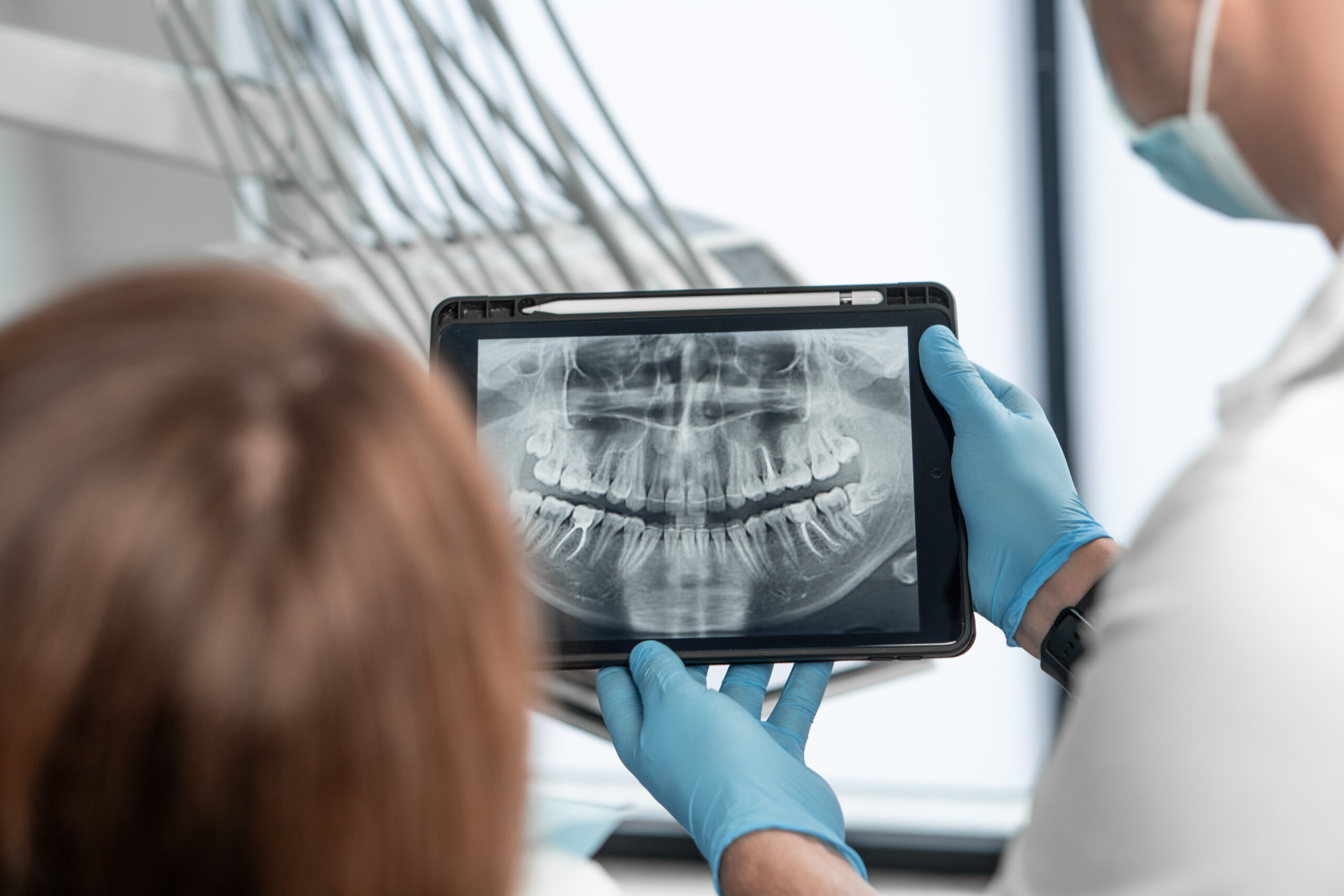Effective Strategies for Managing Transition in Your Dental Practice (Part 1)
By Edwin “Mac” McDonald DDS
Change is inevitable, and dental practices often experience significant shifts. Whether it’s practice acquisitions, personnel changes, or technology updates, leaders must navigate these transitions effectively. Here are some key strategies:
Clear Communication: Effective communication is crucial during change initiatives. Prioritize clear and frequent communication with your team.
Recognize Transition Phases: Understand the different phases your team will go through during transitions. Recognizing these stages helps you address their needs appropriately.
Feedback Matters: Despite its challenges, providing feedback is essential. Avoiding it can lead to decreased morale, reduced productivity, and increased stress among team members.
Remember, effective management during transitions directly impacts overall success. By implementing these strategies, you’ll lead your dental practice through change more smoothly.
Phase One: The Ending Zone
In the first phase of change, you are saying goodbye to the old and how people either individually or as a whole identify with the familiarity of it. People may experience denial, numbness, or resistance. The way each person feels and copes is likely to vary.
It might feel like a significant loss to someone, so it is important that the leader understands how many people are affected at varying degrees of uncertainty and resentment due to the “loss” of what is no longer. Uncertainty and resentment create an environment in which team members may expend energy but not get much done.
Recognize that this will be a time of loss and grieving for most. The key element that has the biggest positive impact is communication. I have walked several practices through ownership changes. One of them was a privately owned practice that was being acquired by a very prominent corporation. The initial response and reactions from the team members ranged from denial and numbness to resistance. Some employees who had been there the longest felt betrayed. These reactions varied from day to day, and week to week. What helped was constant communication.
Before a change starts to happen, before the team sees signs of a transition coming, it is important to start communicating why and the transition that is likely to occur. Making employees feel secure and hopeful will reduce uncertainty and resentment. The more certainty you can give them about what will transpire and the future benefits they can expect the easier everyone will move forward, being productive and carrying forward the positive relationships you have invested in over the years.
Strategies for Managing this Phase
- Explain the rationale for the change and the benefits of it. If you are able, elaborate for each team member or department. There needs to be a venue to express concerns or gain support to bring about the closure. People need to know that you care about them as individuals.
- Be transparent. Describe in detail what will change and also what will remain the same. Transparency is vital to cultivate trust.
- Describe and celebrate the success and values of the previous ways of working and identify how they will be enhanced by the change.
As long as we, the leaders, recognize their feelings, we have the opportunity to effectively help our team move to the next phase, so they do not stay in the ending zone too long.
Related Course
Mastering Business Essentials
DATE: August 7 2025 @ 8:00 am - August 15 2025 @ 12:00 pmLocation: The Pankey Institute
CE HOURS: 22
Regular Tuition: $ 3295
Single Bed with Ensuite Bath: $ 345
The Blueprint for Running a Practice with Long-Term Growth Dr. Pankey’s original philosophy encouraged dental professionals to be proficient in 3 specific areas: technical mastery, behavioral excellence and business savvy….
Learn More>













